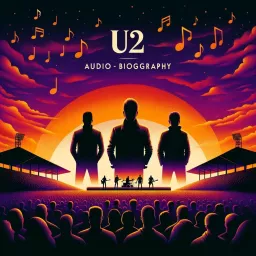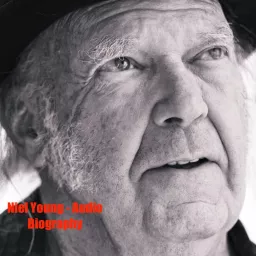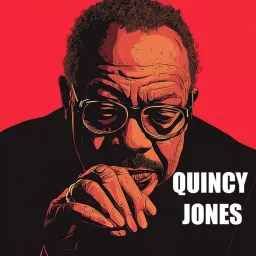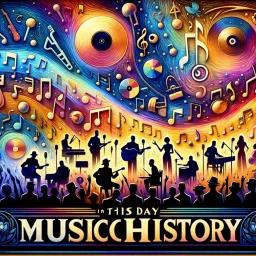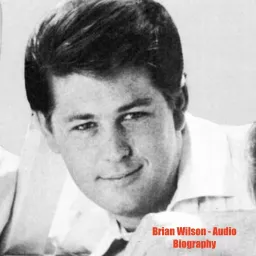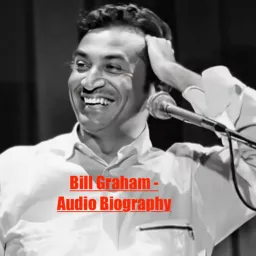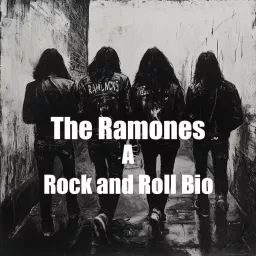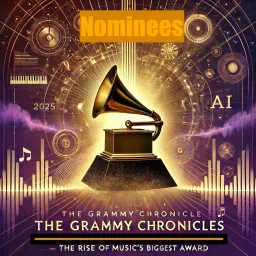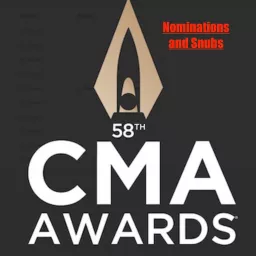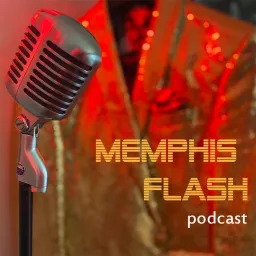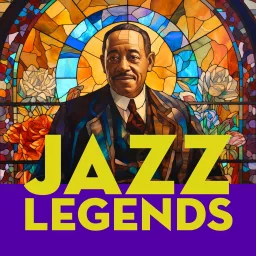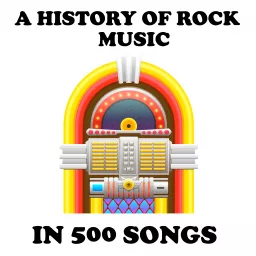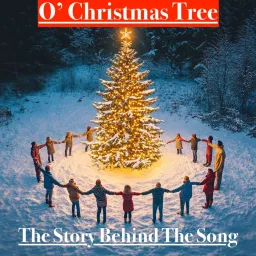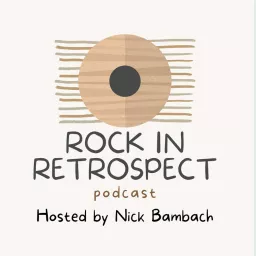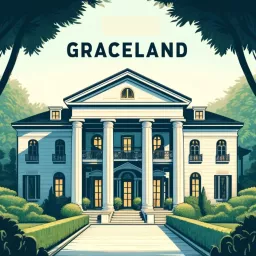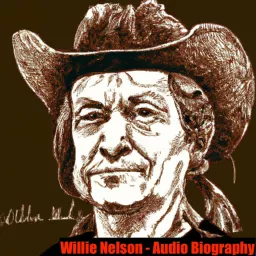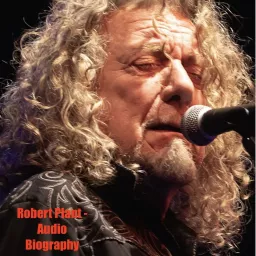Filmore East and West
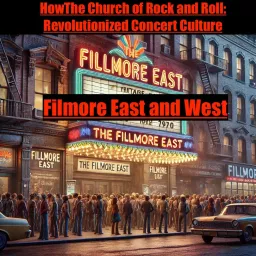
ynopsis: The Fillmore East and West, under Bill Graham's visionary leadership from 1968 to 1971, fundamentally transformed how live music is presented and experienced. Operating at a pivotal moment in American cultural history, these venues established new standards for concert production while fostering artistic innovation and cultural exchange. Graham's approach combined technical excellence with thoughtful programming, creating environments where musicians could push creative boundaries and audiences could discover new musical connections. The venues introduced numerous innovations that became industry standards: professional sound and lighting systems, careful attention to acoustics, sophisticated stage management, and respectful treatment of both artists and audiences. Their influence extended beyond technical aspects to shape how concerts are promoted, documented, and integrated into community life. The Fillmores demonstrated that rock music could be presented with the same professionalism as classical performances while maintaining its countercultural edge. Many of the most significant live recordings of the era were captured at these venues, including landmark albums by the Allman Brothers Band, Jimi Hendrix, and the Grateful Dead. These recordings documented not just great performances but the emergence of new approaches to live music that continue to influence performers and audiences. Although both venues closed in 1971 as the music industry shifted toward larger arenas, their principles of technical excellence, artistic integrity, and audience respect continue to guide concert presentation in the twenty-first century.


